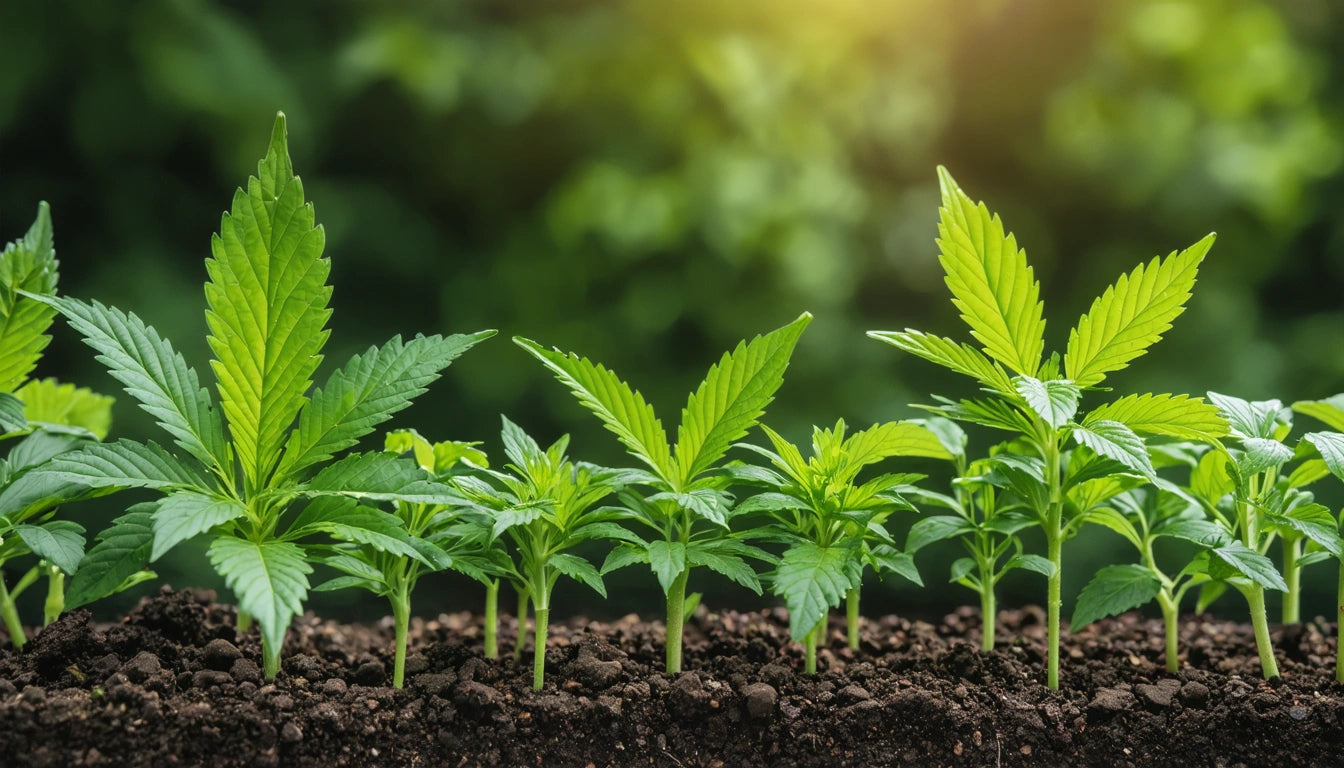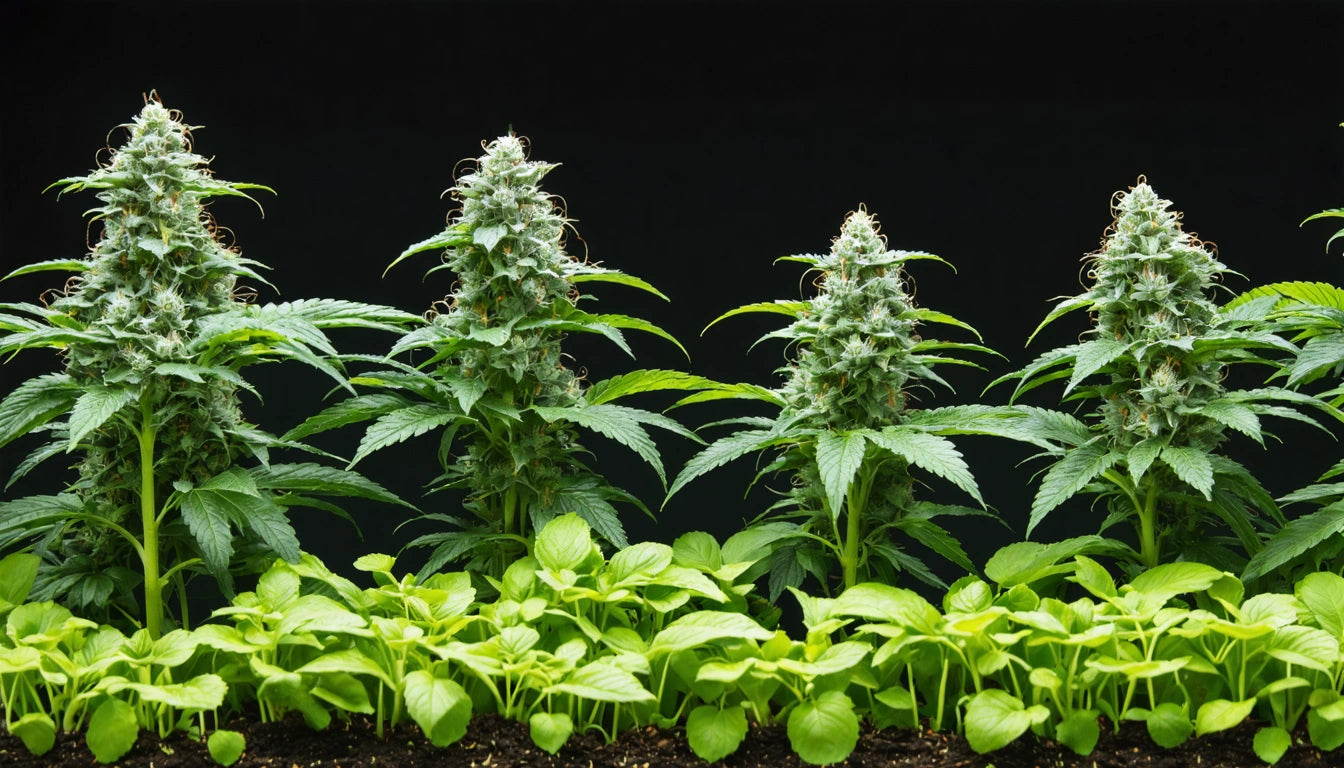- Understanding Biodegradable Plastics
- Materials Needed for DIY Biodegradable Plastic
- Step-by-Step Guide to Creating Homemade Bioplastic
- Algae-Based Plastics: A Sustainable Alternative
- Printing and Customizing Your Biodegradable Plastic
- Practical Applications for Homemade Bioplastics
- Advancing Sustainable Plastic Alternatives
Exploring DIY Methods for Creating and Utilizing Biodegradable Plastics
As environmental concerns grow, many individuals and businesses are seeking alternatives to traditional petroleum-based plastics. Biodegradable plastics offer a promising solution, and surprisingly, many can be created at home using simple ingredients. This guide explores how to create plastic alternatives using sustainable materials, including algae-based options, and provides practical applications for these eco-friendly creations.
Understanding Biodegradable Plastics
Biodegradable plastics break down naturally in the environment through the action of microorganisms. Unlike conventional plastics that can take hundreds of years to decompose, biodegradable versions can break down in months or years depending on their composition.
The fundamental difference between traditional and biodegradable plastics lies in their raw materials. While conventional plastics derive from petroleum in a complex process from crude oil to finished products, bioplastics typically use renewable resources like plant starches, cellulose, or proteins.
Understanding bioplastics requires recognizing that not all biodegradable materials perform identically to conventional plastics, but many offer comparable functionality for certain applications.
Materials Needed for DIY Biodegradable Plastic
Creating basic biodegradable plastic at home requires surprisingly common ingredients:
- Cornstarch or potato starch (the primary polymer source)
- Glycerin (adds flexibility)
- Vinegar (acts as an acidifier)
- Water
- Food coloring (optional)
- Natural additives like coffee grounds or dried herbs (optional for texture and appearance)
For more advanced bioplastics, you might incorporate:
- Agar (derived from algae)
- Gelatin (protein-based binding agent)
- Beeswax (adds water resistance)
- Casein (milk protein)
These materials create different properties in the final product, allowing you to customize your biodegradable plastic for specific uses.
Step-by-Step Guide to Creating Homemade Bioplastic
Basic Cornstarch Plastic
This simple recipe creates a moldable plastic suitable for small crafts:
- Combine 4 tablespoons of cornstarch with 1 cup of water in a saucepan
- Add 1 teaspoon of glycerin and 1 teaspoon of vinegar
- Heat the mixture over medium heat, stirring constantly
- When the mixture thickens and becomes translucent (about 5 minutes), remove from heat
- Pour into molds or spread on a silicone sheet to create flat pieces
- Allow to dry completely (24-48 hours depending on thickness)
Gelatin-Based Plastic
For a more flexible, resilient plastic:
- Dissolve 2 packets of unflavored gelatin in 1/2 cup of cold water
- Add 2 tablespoons of glycerin
- Heat gently until the mixture is clear
- Pour into molds and allow to set (several hours)
These basic methods demonstrate how to create plastic at home using renewable resources, addressing the growing interest in how can you make plastic without petroleum derivatives.
Algae-Based Plastics: A Sustainable Alternative
Among the most promising sustainable materials for bioplastic production is algae. Several species can be used to make plastic, including:
- Spirulina
- Chlorella
- Red algae (source of agar)
- Brown algae (contains alginates)
What algae can be used to make plastic depends on the desired properties and availability. Algae-based plastics offer several advantages:
- They grow rapidly without competing for agricultural land
- They absorb CO2 during growth
- They don't require freshwater resources
- They can be harvested year-round
For home experimentation, agar derived from red algae is most accessible and can be purchased as a powder from cooking supply stores.
Printing and Customizing Your Biodegradable Plastic
Once you've created your bioplastic sheets, you may wonder how to print on plastic or otherwise customize it. Several approaches work well:
Direct Printing
For thin, flat sheets:
- Allow the bioplastic to dry completely
- Use rubber stamps with water-based inks
- Consider screen printing with eco-friendly inks
- Some dried bioplastic sheets can run through inkjet printers (test a small piece first)
Embedding and Molding
Another approach is to embed decorative elements or text during the molding process:
- Place pressed flowers, herbs, or printed paper between layers
- Use silicone molds with raised patterns
- Incorporate natural dyes during mixing
For more substantial packaging needs, many businesses use durable storage solutions like mylar bags which offer excellent protection while exploring more sustainable alternatives for future packaging needs.
Practical Applications for Homemade Bioplastics
Homemade bioplastics have numerous practical applications:
- Seed starter pots that can be planted directly in soil
- Biodegradable packaging materials
- Craft projects and educational demonstrations
- Prototype development for product designs
- Temporary containers for dry goods
For food applications, additional considerations apply. Those wondering how to make edibles containers should note that food-safe ingredients must be used, and proper sanitation practices followed. Generally, homemade bioplastics aren't recommended for long-term food storage without additional testing and certification.
When comparing material options for various applications, it's helpful to understand how aluminum compares to plastic in terms of environmental impact and functionality.
Advancing Sustainable Plastic Alternatives
The DIY approaches outlined here represent just the beginning of what's possible with biodegradable plastics. As technology advances, more sophisticated bioplastic formulations continue to emerge that rival traditional plastics in durability and versatility.
Understanding plastic recycling limitations helps emphasize why biodegradable alternatives are so important. By experimenting with these methods at home, you contribute to a growing knowledge base about sustainable materials.
For those interested in engineering plastics for more demanding applications, university programs and maker spaces often provide access to more advanced equipment and materials. These community resources offer opportunities to explore where to get engineering plastic once human ingenuity has been applied to create more sustainable formulations.
By combining traditional knowledge with modern science, we can continue developing plastic alternatives that meet our needs without compromising environmental health.











Leave a comment
All comments are moderated before being published.
This site is protected by hCaptcha and the hCaptcha Privacy Policy and Terms of Service apply.